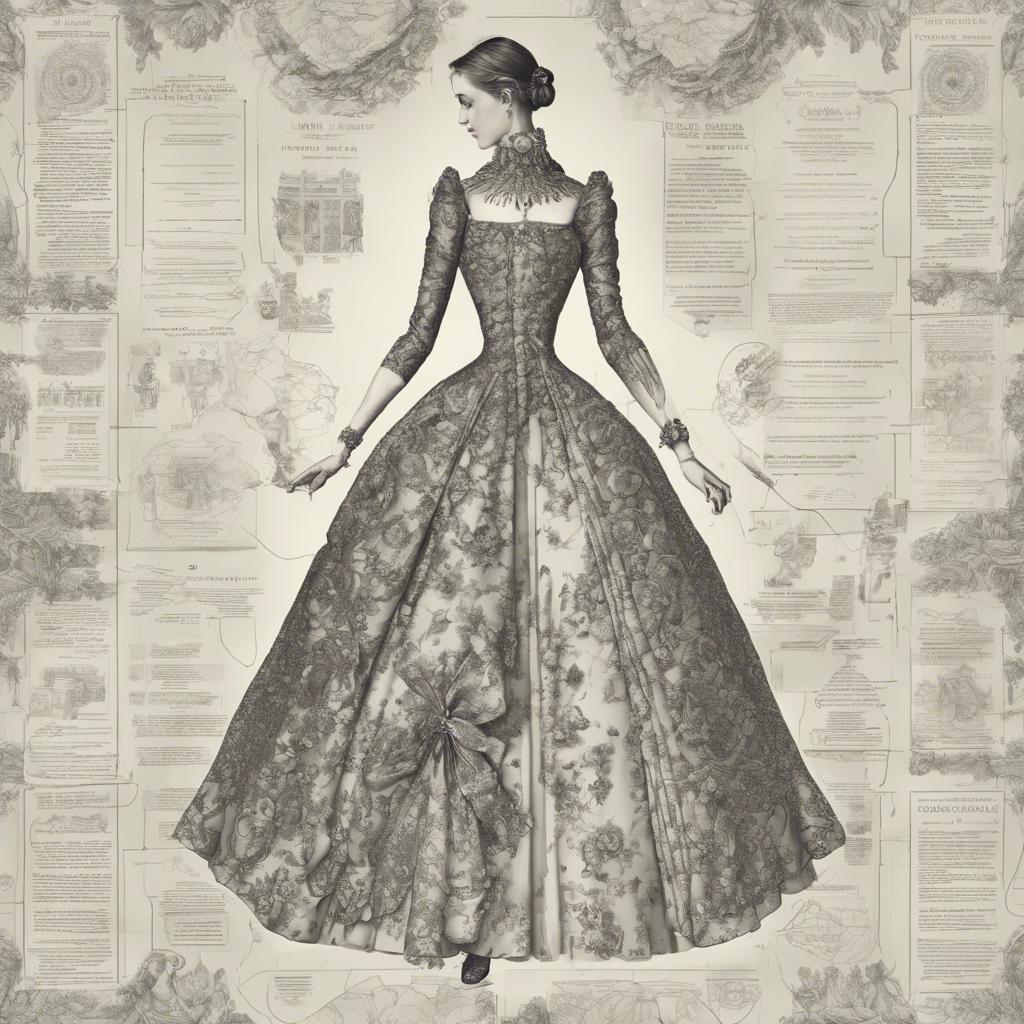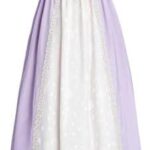During the Regency era, fashion played a pivotal role in defining social status and cultural norms. From delicate muslin gowns to elaborate ballroom dresses adorned with intricate embroidery, clothing was a powerful tool for expressing one’s wealth and sophistication. In this article, we will delve into the world of Regency era dress patterns, examining the intricate designs and detailed construction techniques that defined the fashion of this iconic period in history.
Step Into the World of Cheryl Bolen
Dive into the enchanting stories of love, intrigue, and elegance set in the Regency Era. Cheryl Bolen's novels offer timeless romance and captivating tales that will leave you wanting more.
Explore Cheryl Bolen's Books Now
Introduction
During the Regency era, fashion was characterized by empire waistlines, flowing skirts, and delicate fabrics. Women’s dresses were elegant and understated, often featuring intricate embroidery or delicate lace detailing. The silhouette of the dresses was slim and columnar, with a focus on creating a long, graceful line.
If you’re looking to recreate the romantic style of the Regency era, a dress pattern inspired by the fashions of the time is a must-have. With the right pattern, you can create a stunning gown that captures the essence of this elegant period in history. Whether you’re attending a historical reenactment or simply want to add a touch of Regency flair to your wardrobe, a dress pattern can help you achieve the perfect look.
When choosing a Regency era dress pattern, look for designs that feature key elements of the period, such as empire waistlines, high necklines, and puffed sleeves. These details will help you create an authentic look that is true to the fashions of the time. Additionally, consider the type of fabric you will use for your dress – lightweight fabrics like muslin, silk, or cotton will help you achieve the soft, romantic draping that was typical of Regency era gowns.
Studying Historical Patterns for Regency Era Dresses
When , one can’t help but marvel at the intricate designs and attention to detail that went into creating these stunning garments. From the high-waisted silhouettes to the delicate lace trims, Regency Era dresses are truly a work of art.
One of the key elements to consider when replicating a Regency Era dress pattern is the use of lightweight fabrics such as muslin, silk, and cotton. These fabrics were not only fashionable during the early 19th century but also helped to create the flowing drapery and elegant lines that were characteristic of Regency fashion.
Additionally, can provide valuable insight into the construction techniques used during that time period. From hand-sewn seams to intricate pleating and gathering, these techniques require a skilled hand and a keen eye for detail to recreate authentically.
Key Elements of Regency Era Dress Patterns
In the Regency Era, dress patterns were characterized by a few key elements that defined the fashion of the time. One of the most notable features of Regency era dress patterns was the high waistline, which was typically positioned just below the bust. This empire silhouette was a stark departure from the more structured and constricting styles of the previous Georgian era.
Another important element of Regency era dress patterns was the use of lightweight fabrics such as muslin, silk, and satin. These flowing fabrics allowed for the creation of delicate and ethereal garments that draped gracefully over the body. The simplicity of the fabrics was often complemented by intricate detailing such as lace, embroidery, and delicate pleating.
In addition to the high waistline and lightweight fabrics, Regency era dress patterns also featured details such as puffy sleeves, empire-line bodices, and high necklines. These elements combined to create a romantic and feminine aesthetic that is still beloved by many today. The overall effect of a Regency era dress was one of elegance and sophistication, making it a popular choice for formal events and special occasions.
Tips for Replicating Regency Era Dress Patterns
When replicating Regency era dress patterns, it is important to pay attention to the specific characteristics that define the fashion of that time period. Here are some tips to help you recreate the elegant and stylish look of Regency era dresses:
**Choose the right fabric**: Opt for lightweight fabrics such as muslin, silk, or cotton to achieve the soft, flowing drape typical of Regency era dresses.
**Focus on the silhouette**: Regency era dresses were known for their high waistlines, empire silhouettes, and delicate details such as ruffles and lace. Pay attention to these design elements when selecting or creating your dress pattern.
Future Outlook
the Regency era dress patterns offer a captivating glimpse into the sartorial elegance of the early 19th century. These intricately designed garments are a testament to the craftsmanship and artistry of the time, showcasing the elaborate details and luxurious fabrics that were characteristic of the period. By studying and recreating these patterns, we are able to immerse ourselves in the opulent world of Regency fashion and pay homage to the iconic styles that have stood the test of time. As we continue to delve into the intricacies of Regency era dress patterns, we are reminded of the enduring legacy of this remarkable period in history.


